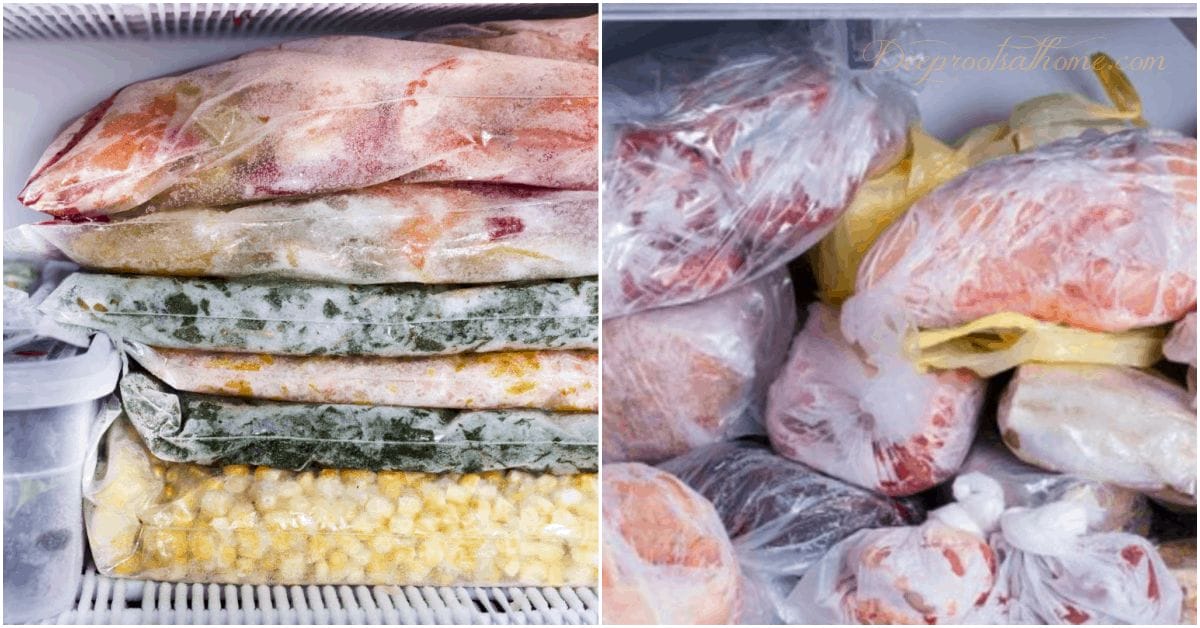
If you can keep frozen foods stored continuously at 0 °F or below, they can be kept indefinitely. Frozen food is great because it keeps most of its nutritional value, texture and taste. In fact your freezer would be the ultimate preparedness tool but for one thing — it needs constant electrical power.
[Print and keep this guide in a plastic sleeve on your freezer in the event you lose power.]

Some families have a generator, or other alternate power source, ready to take over if electricity goes out in a crisis. (If you have a lot of food in your freezer, you need a back up generator for when the power goes down. It saves a lot of anxiety, and if the power is out for a long time, money. Our power has gone out an average of once a year for the last 20 years, one was for almost a day and that one day was enough to pay for the generator in food savings.)
Or you could come home to find the freezer’s been off all afternoon.
Many have had this happen in the past, but we haven’t so I wanted to know what to do next.
Does everything in the freezer have to be thrown out?
Is it OK to just power it back up again and let the contents freeze again?
Or can we keep some things but we should not keep others?
Unfortunately, the answers are not black and white. You will need to evaluate each item individually.
Here’s what happens IN your freezer when the power goes off and what you should do about it.
When the Power Goes Off
The inside of your freezer stays cold due to both insulation and active heat removal. When the power goes off, the cooling pump stops which means you’re now relying on insulation only. Don’t panic though:
TIP ⇒ A fully stocked CHEST freezer should stay cold enough for about 48-72 hours. An UPRIGHT freezer up to 48 hours UNOPENED. Cover the freezer with blankets; avoid covering vents. This is an especially good tip for chest freezers to help insulate even further.
When you open your freezer door, heavy cold air will spill out the bottom of the door and will be replaced with warm air drawn in for the from the top of the door. Normally that isn’t a problem.
TIP ⇒ A freezer alarm is a great help to notify you if something is amiss. There are many kinds available.
Physics says that heat flows from a warmer space to a cooler space until their temperatures are equal. In summer, the air in your garage can easily be 80° or 90°F hotter than your roasts.
This means that opening the door just once can raise the temperature inside by several degrees.
One way to keep your frozen food cold the longest if the power goes off is to keep it very full.
If your freezer isn’t quite full, you can fill cleaned plastic gallon milk jugs with drinking water over time and freeze them. If the power does go out, they’ll soak up massive amounts of heat.
If the power doesn’t go out, then you can cut the plastic bottles smash the ice and use that to cool other things or chill your summer drink and even save on energy costs.
You could also fill up any spaces with closed cardboard boxes. It’s not as effective as more frozen food or water, but it will reduce how much warm air goes in when you do open the door.
What to Keep? What to Toss?
So your freezer has been off a while, but now you’ve got it running again. Now what?
How much of the food that was in it can you keep and what’s a health hazard?
TIP ⇒ Keep an appliance thermometer in your freezer. The ideal freezer temperature is 0ºF, and a reading of 40ºF or below means the food is safe to eat or may be refrozen. Discard perishable food that is in a freezer above 40ºF for more than 2 hours.
Well, a lot of that depends on how warm the freezer got and how long it was left left like that.
If the food was kept below 40°F – for a maximum of two days – or still has ice crystals in it, it should be safe to refreeze.
If the inside of the freezer reached 50°F, everything in it needs to be used immediately (if it isn’t already spoiling), or thrown out.
That still leaves some questions unanswered so here’s a handy guide:
- If these foods contain ice crystals and feel cold, refreeze or eat immediately. If thawed and held above 40 degrees for more than two hours, they should be discarded: Meat, poultry, seafood, stews, soups, frozen milk, eggs, soft or shredded cheese, cheesecake, vegetable juices, cakes, pies, pastries with custard filling, rice-based casseroles and pasta, frozen meals, entrees, pizzas, sausage and biscuits, meat pies, convenience foods. With vegetables and some fruit: Consider canning if you have the needed canning supplies and a wood burning cookstove.
- If these foods contain ice crystals and feel cold, refreeze. If thawed and held above 40 degrees for more than two hours, they can be refrozen: Hard cheeses, fruit juices or commercially packaged fruit juices, breads, rolls, muffins, cakes without custard fillings, commercial and homemade pie crusts and bread doughs, flour, cornmeal, nuts, waffles, pancakes, bagels.
Food Storage: 10 Emergency Foods That Last Practically Forever
2 More Tips ⇒
- Label all frozen food with its contents and the date you are freezing it then observe the ‘first-in, first-out’ rule for your freezer.
- We have several VERY large white Igloo 5-day coolers set aside in case this happens during the winter, in which case, we would transfer the most valuable food to the coolers and put them outside in shade on the north side.
- With a gas/propane burner or woodstove, etc., you could make a lot of stew and can it. Meat can always be canned, too. Invest in some reusable canning lids.
- When in doubt, throw it out!
****For the Full Spike Protein Protocol (including NAC) to protect from transmission from the “V” and to help those who took the “V”, go here.
Deep Roots At Home now has a PODCAST! We are covering everything from vaccines, parenting topics, alternative medicine. Head over today and like, share and download a few episodes! https://buff.ly/3KmTZZd
I’m still on FB but shadow-banned hard… If you want to stay connected, here is one way…
Censorship is real. My Pinterest account was just suspended; surprisingly, part of my main board is still available through this link, and it scrolls down a long way so all is not lost! BEWARE of the promotional ads in there! They are not placed by me. Pinterest now sells space in boards for these ads, and Temu is a scam. Do not download the app!
You can also find me on Instagram, MeWe, and Telegram.
And please join me for my FREE newsletter. Click here.
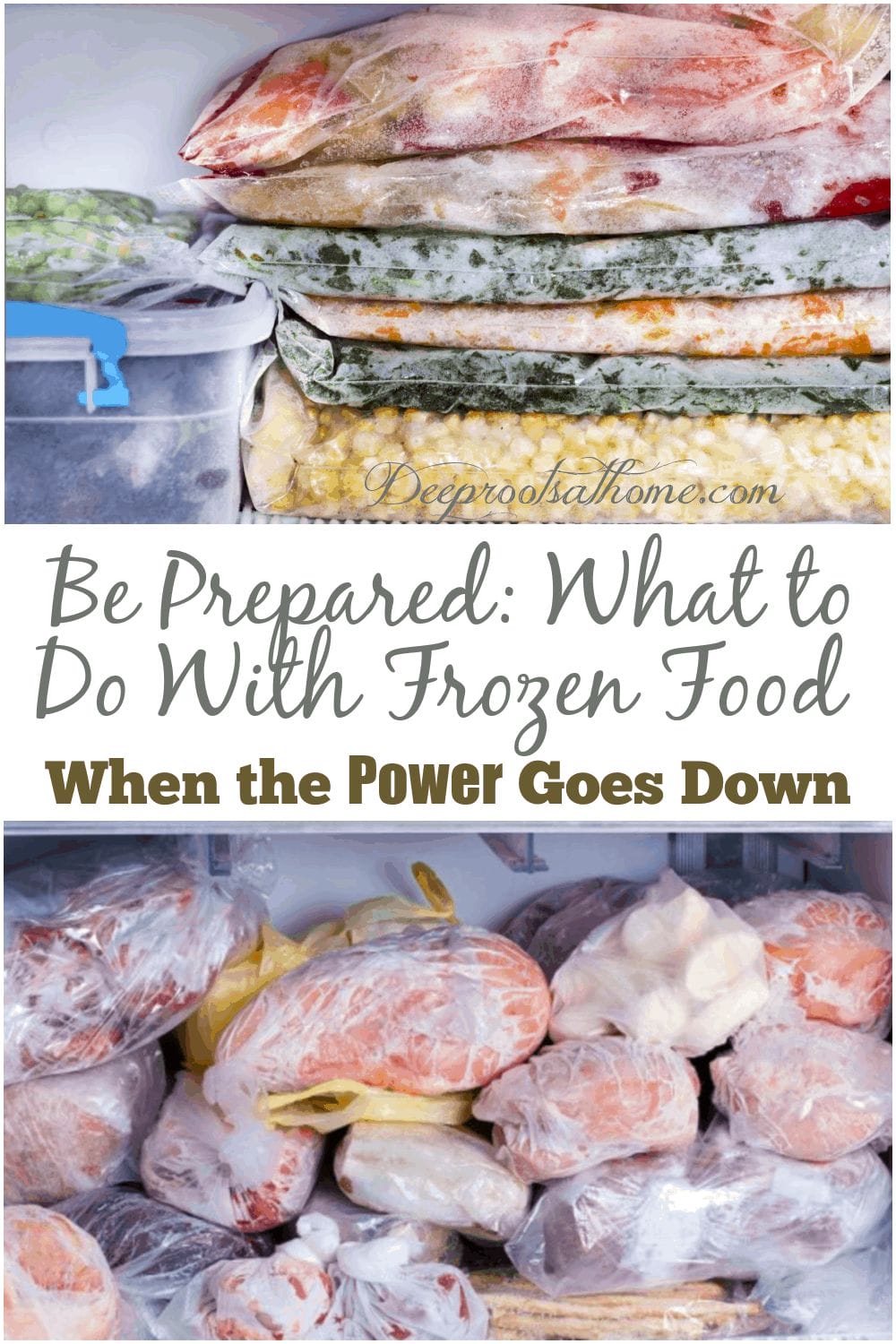
©2024 Deep Roots at Home • All Rights Reserved


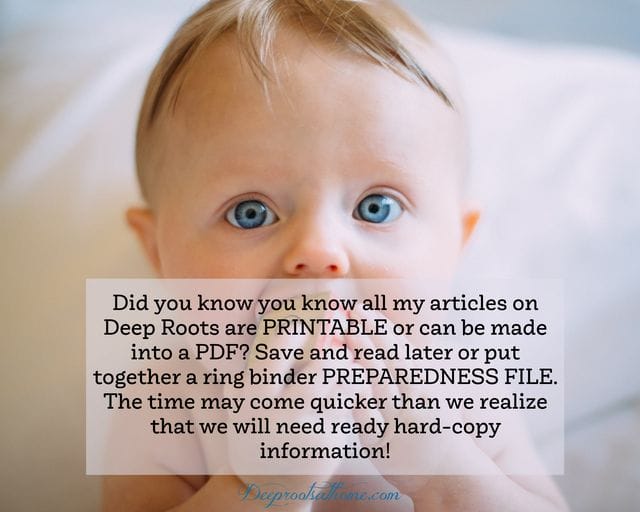


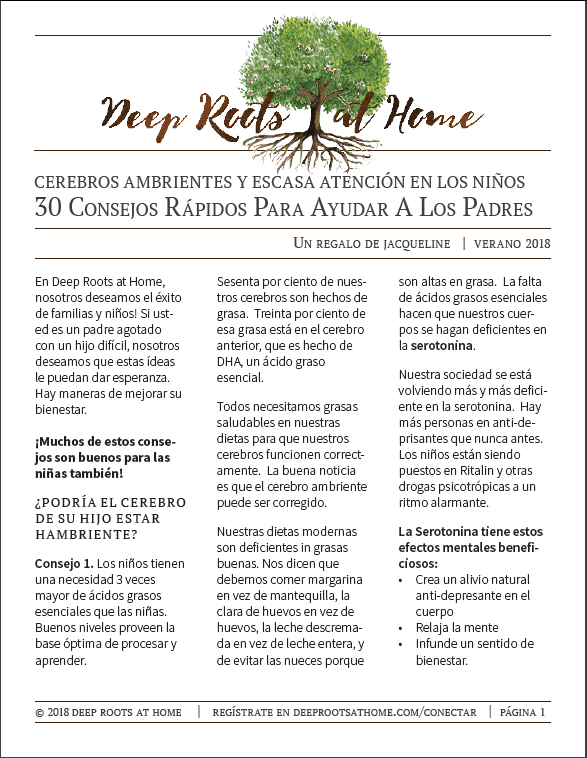

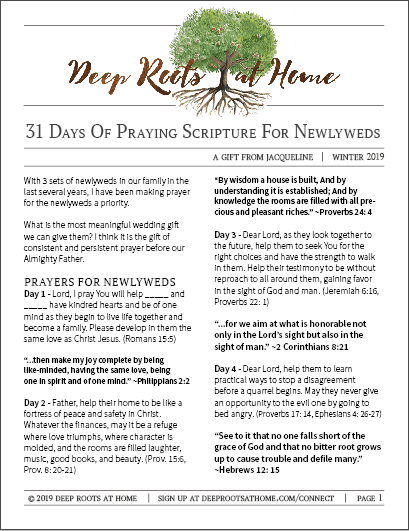

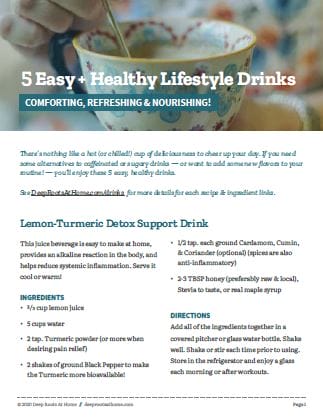


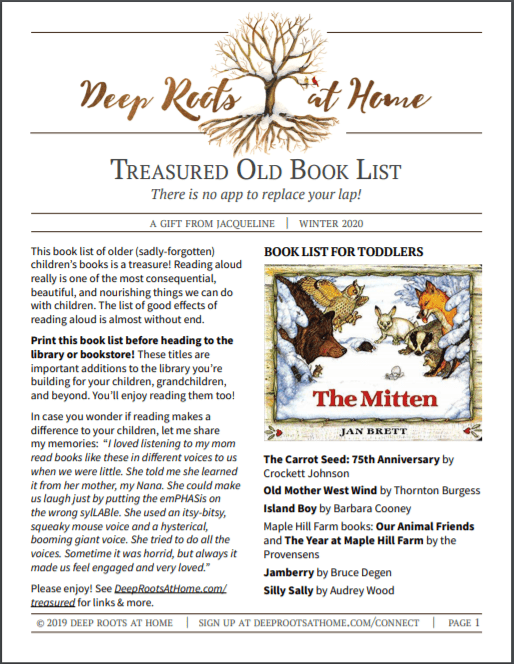

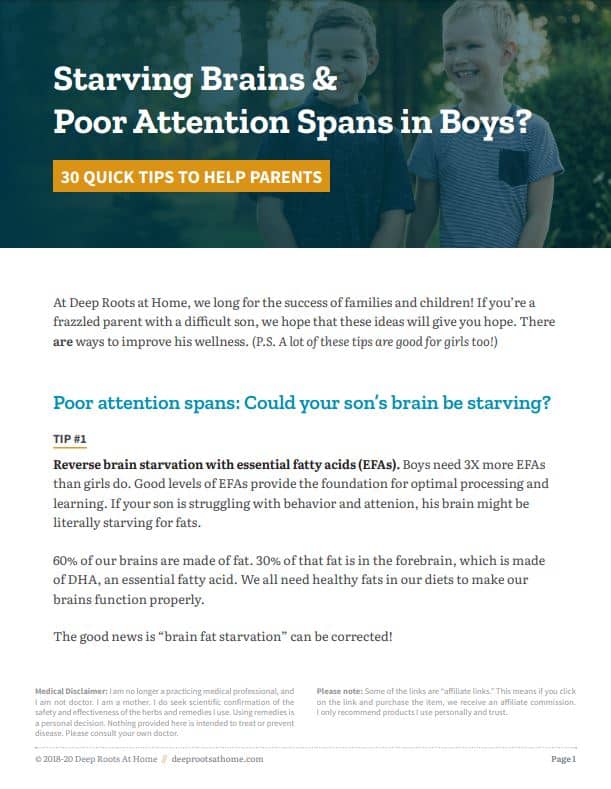

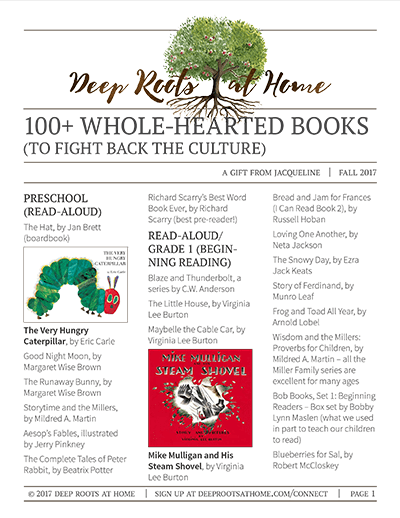
Related